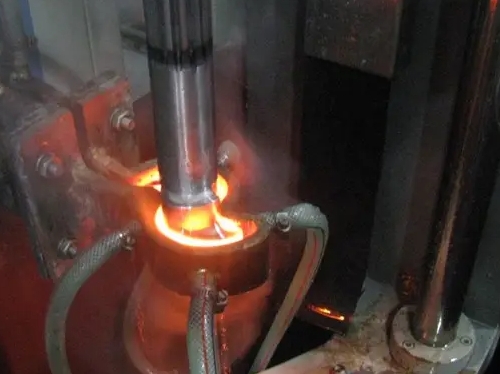- 13
- Jun
Heat treatment process – normalizing
Heat treatment process – normalizing
Normalizing, also known as normalizing, is a metal heat treatment process in which the workpiece is heated to 30~50°C above Ac3 or Accm, and after holding for a period of time, it is taken out of the furnace and cooled by water, spray or blowing. The difference between normalizing and annealing is that the cooling rate of normalizing is slightly faster than that of annealing, so the normalizing structure is finer than the annealing structure, and its mechanical properties are also improved. In addition, the external cooling of the normalizing furnace does not occupy equipment, and the productivity is high. Therefore, normalizing is used as much as possible to replace annealing in production.
The main application areas of normalizing are: ① For low carbon steel, the hardness after normalizing is slightly higher than that of annealing, and the toughness is also better, which can be used as a pretreatment for cutting. ②For medium carbon steel, it can be used as a final heat treatment instead of quenching and tempering treatment, or as a preparatory treatment before surface quenching by induction heating. ③Used for tool steel, bearing steel, carburized steel, etc., it can reduce or inhibit the formation of network carbide, so as to obtain a good structure required for spheroidizing annealing. ④ For steel castings, it can refine the as-cast structure and improve the machining performance. ⑤ For large forgings, it can be used as the final heat treatment to avoid a large cracking tendency during quenching. ⑥Used for ductile iron to improve hardness, strength and wear resistance, such as for manufacturing important parts such as crankshafts and connecting rods of automobiles, tractors and diesel engines. ⑦ One normalizing before spheroidizing annealing of hypereutectoid steel can eliminate the reticulated cementite to ensure that all cementite is spheroidized during spheroidizing annealing.

